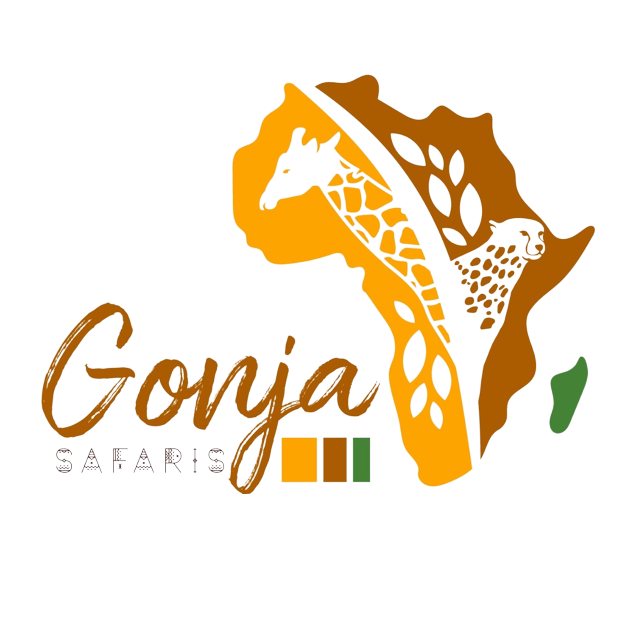Tanzania stands out as a classic safari destination and deserves a top place on the list of every African lover. The starting point for most tourists is the northern safari circuit, as it is endowed with everything there is to love about this continent. These include the iconic Serengeti National Park which is popular for the wildebeest migration and Ngorongoro Crater also known as the kingdom of baobabs, alongside Lake Manyara and Tarangire national park that prides itself in having tree-climbing lions and gigantic elephants. All of these are exceedingly spectacular, with jaw-dropping scenery and a breath-taking abundance of wildlife.
Elsewhere in the northern circuit, the mountainous landscape trumps wildlife in the hike to the summit of Kilimanjaro, Africa’s highest peak. Brace yourself for enchantment at the otherworldly volcanic Crater Highlands crowned by the shapely OlDoinyo Lengai. The cherry on the cake is the stark beauty of the flamingo-rich Lake Natron.
While the country’s north is largely an elite African safari destination, the rest of Tanzania is an altogether different setting. Untamed wilderness dominates the Wild West region which is popular for Gombe National Park, a hub of chimpanzees. The picture is complete with the Mahale Mountains, a chain of wild, jungle-draped peaks that rise above the azure water of Lake Tanganyika. Another special in this region is Katavi, Tanzania’s third largest national park (4,471 square kilometers).
A journey down south brings you to remote parks where you can enjoy Africa in its raw and silent beauty, minus crowds of tourists. These include Ruaha and Nyerere National Park, both of which are massive protected areas with large lion populations. And then there’s the coast, a 1,424 km (884.8 mi) long palm-fringed beauty watched over by so many laid-back towns and welcoming Swahili communities. There is no better way to crown your holiday in Tanzania than by heading to Zanzibar Island, which is home to Stone Town, a UNESCO heritage site with stirring architecture and spice farms.
Guide to a Safari in Tanzania
Tanzania features three safari circuits namely, the Northern Circuit, Western Circuit, and Southern Circuit. Thanks to the unique and diverse attractions they feature, each of these, in its own right, makes this Sub-Saharan country a top wildlife destination. Of the three, the most popular is the Northern Circuit which credits its popularity to the annual wildebeest migration, a spectacle that unfolds in its Serengeti National Park. Ranked among one of Africa’s greatest wildlife spectacles, it offers a great opportunity to view over 2 million ungulates – especially wildebeest, zebra, and gazelle – as they move around the Mara-Serengeti ecosystem in search of fresh graze and water.
The other major attractions in this circuit are; Ngorongoro Crater, Tarangire National Park, and Lake Manyara National Park, all of which offer some of the best classical safaris in Africa.
Wildlife
Tanzania offers superb wildlife experiences highlighted by frequent sightings of the big five, as well as other sought-after safari animals. While the white rhinos are quite abundant, the black rhinos are hard to come by in most parks, except for Ngorongoro Crater. The wildebeest calving season that starts in January-February is also worth a special mention. During this time, pregnant wildebeest give birth to over 8,000 calves. But it’s not just them, almost all the other herbivores join in doing the same too. This translates into abundant populations of calves that attract lots of opportunistic predators, you can’t miss the action!
Birds
Tanzania’s checklist features over 1,100 species, of which nearly 800 specials are local, and over 200 are regular migrants, some of which come as far as Europe. 22 endemic species are unique to it, and 43 near-endemics. The best time to see migrants is from November to April.
All of Tanzania’s popular national parks and reserves offer good bird-watching opportunities. Unique species can be found almost everywhere one goes. This includes the often-overlooked Arusha National Park which hosts 400 species in a small area. By the same token, Lake Manyara hosts a good variety of water birds.
Best time to visit
The best time for wildlife tours is the dry spell that runs from late June to October. In contrast, the wet season from March to May is usually a bad idea, especially for parks in the Southern and Western circuits. During this time, they are less accessible due to the heavy rains.
June to July is more recommendable for anyone who particularly wants to see the wildebeest migration. If you still wish to have a beautiful wildlife viewing experience at an alternative time when tourist numbers are lower, the wet season from November-May offers a more qualitative adventure.
Accessibility
Tanzania has two main International Airports through which it can be accessed by air. One of these is Kilimanjaro International Airport as located in Arusha, within easy reach from national parks in Tanzania’s Northern safari circuit. Some domestic flights out of Arusha leave from Arusha Airport (ARK).
The other main one is Julius Nyerere International Airport (DAR), situated in Dar es Salaam, the entry point for national parks in the southern parks. Both airports have both international terminus and domestic terminus where you can board flights to the national parks.
The reliable road network across the country makes it possible to drive between national parks and reserves. However you choose to travel, Gonja Safaris will pick you up from the airport and arrange all further ground transportation as part of your safari package.










